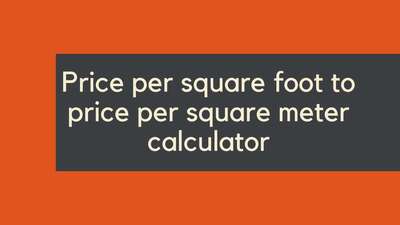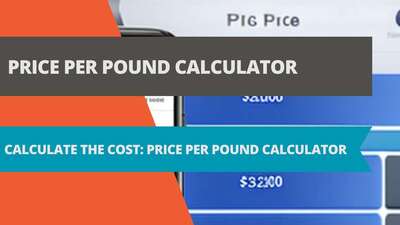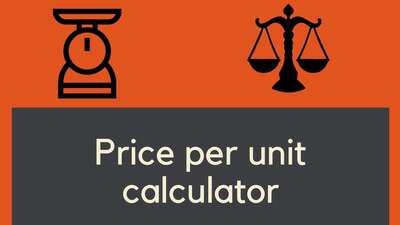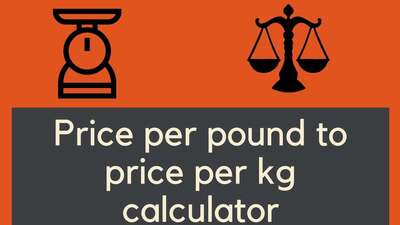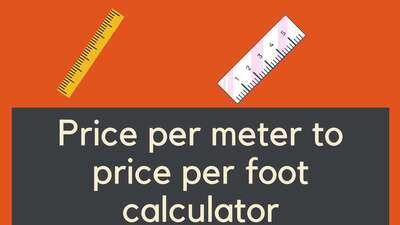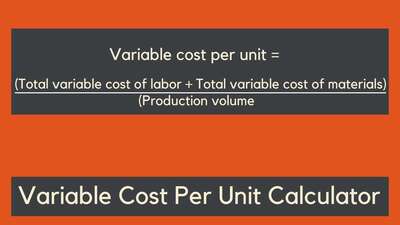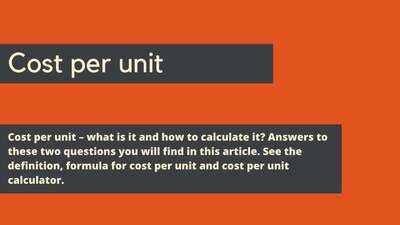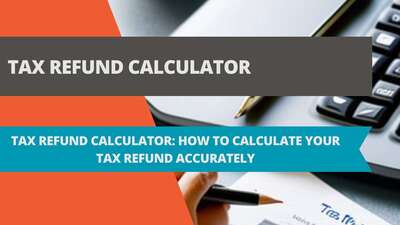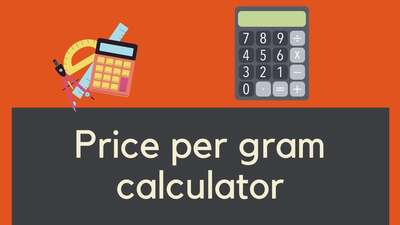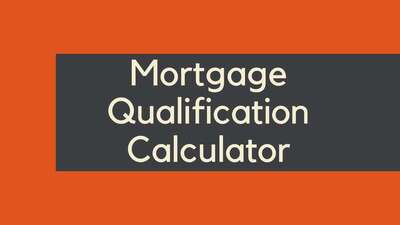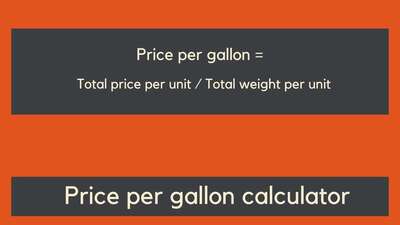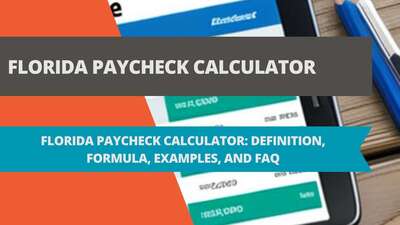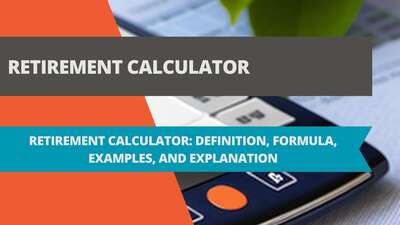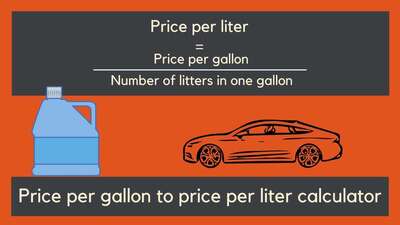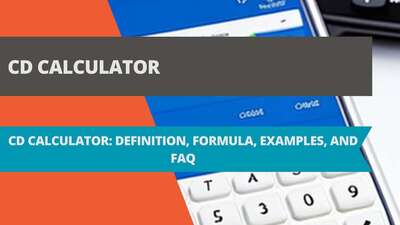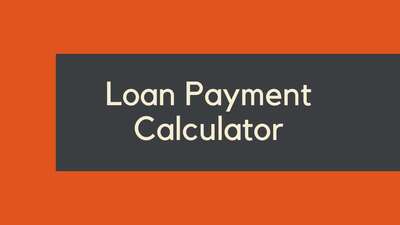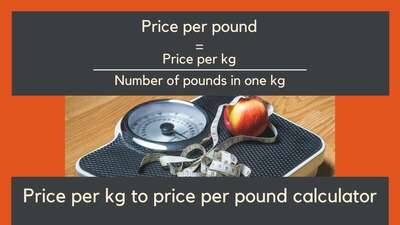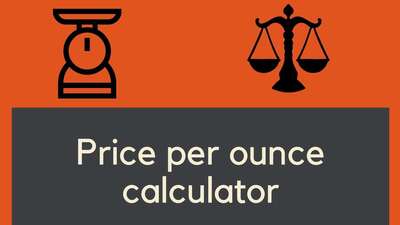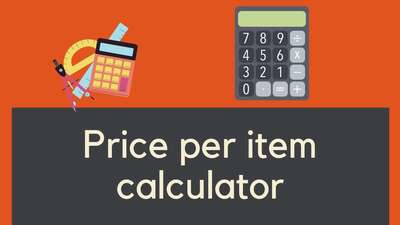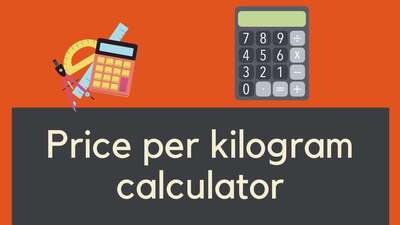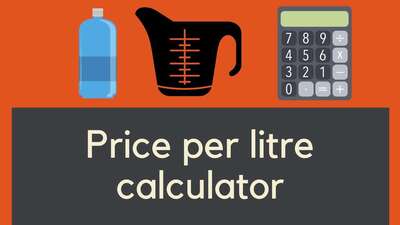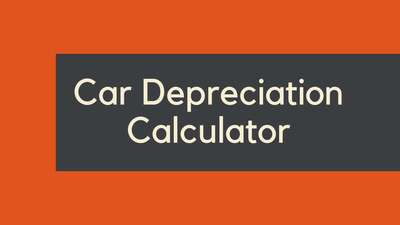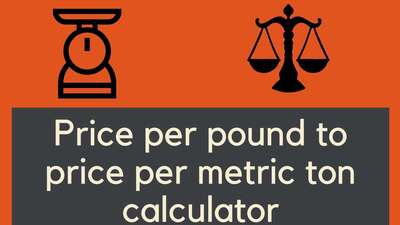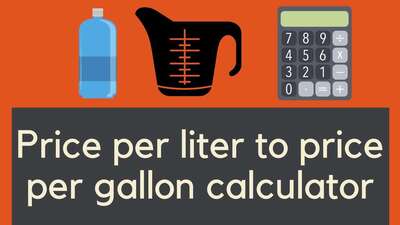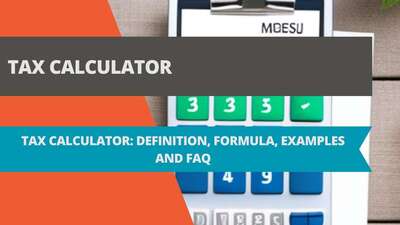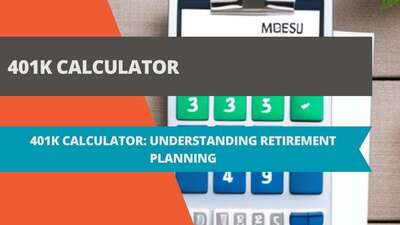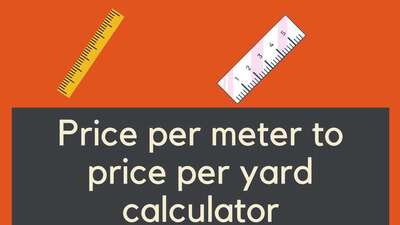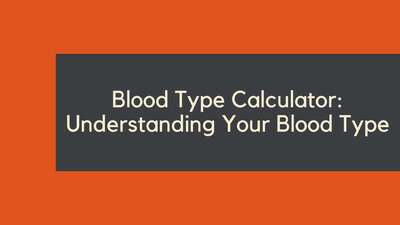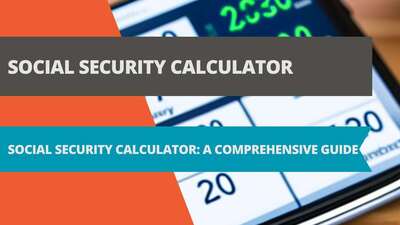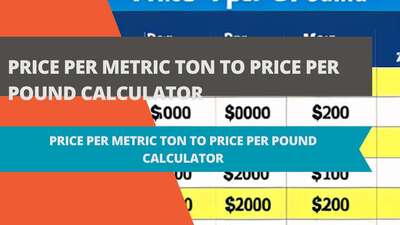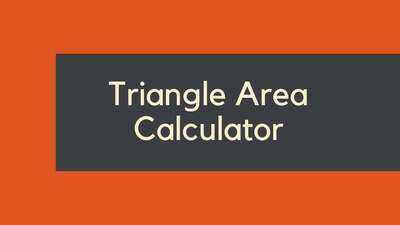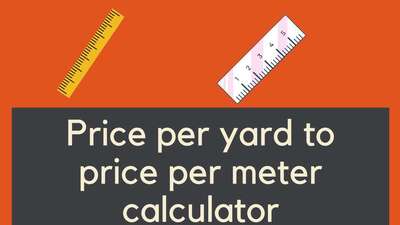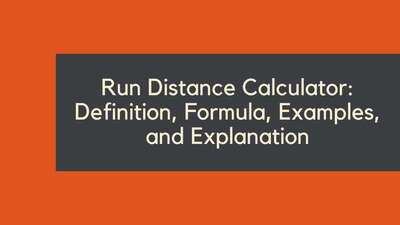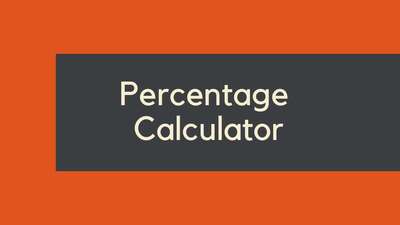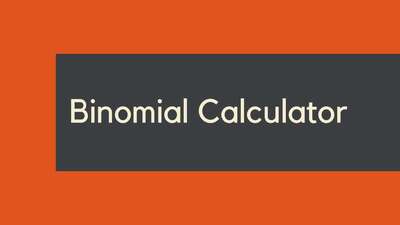Reference Angle Calculator: Definition, Formula, Examples, and FAQs
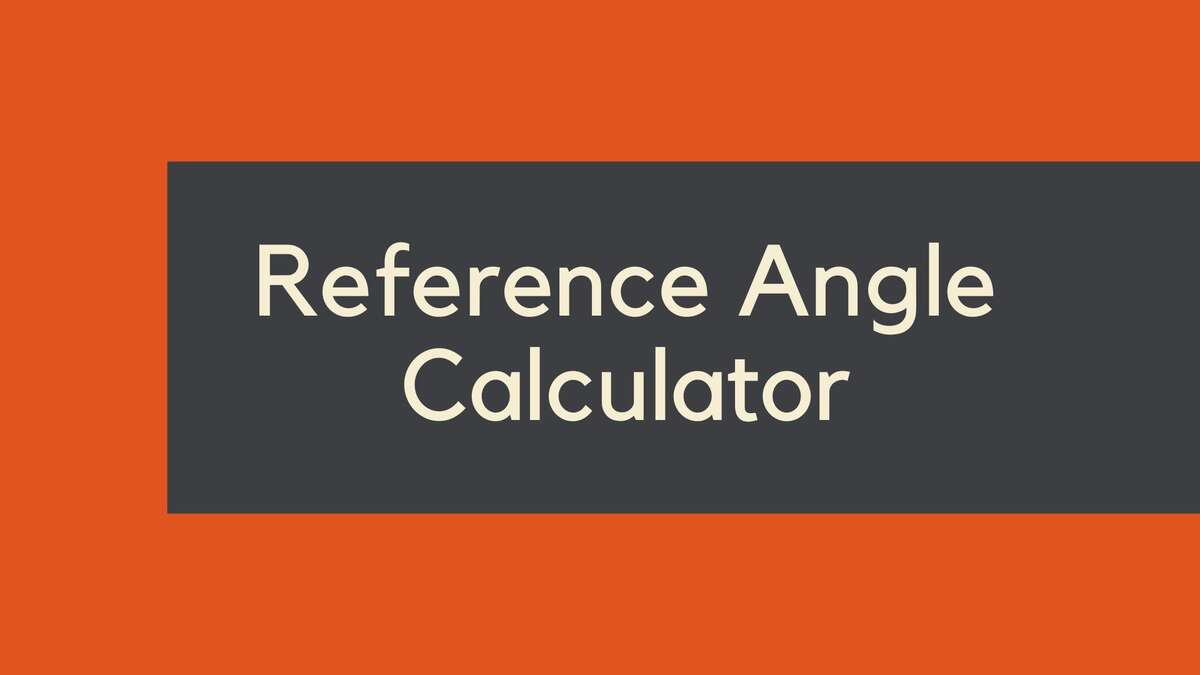
- Definition of Reference Angles
- Formula for Calculating Reference Angles
- Example:
- Explanation of Reference Angle Calculators
- Question and Answer FAQs
- What is the difference between an angle and a reference angle?
- How do you find the reference angle of an angle?
- What is the purpose of a reference angle calculator?
- What is a common mistake when calculating reference angles?
- Historical Context of Reference Angles
- Practical Applications of Reference Angles
- Visualizing Reference Angles
- Comparing Traditional and Digital Calculation Methods
- The Future of Trigonometry and Digital Tools
- Conclusion
Trigonometry is an essential branch of mathematics that deals with the study of relationships between angles and sides of triangles. One of the fundamental concepts in trigonometry is the reference angle, which is a positive acute angle formed by the x-axis and the terminal side of an angle in standard position. Calculating reference angles by hand can be a tedious process, but luckily, there are online reference angle calculators that can help you quickly and accurately find the reference angle of any given angle. In this article, we will explore what reference angles are, the formula for calculating reference angles, provide examples, and answer some frequently asked questions about reference angle calculators.
Definition of Reference Angles
A reference angle is the acute angle formed by the terminal side of an angle in standard position and the x-axis. In other words, it is the smallest angle formed between the terminal side and the x-axis. Every angle has a reference angle, which is always between 0 and 90 degrees (or 0 and π/2 radians).
Formula for Calculating Reference Angles
The formula for calculating the reference angle of an angle θ in standard position is:
Reference angle = | θ - 360°n |
Where n is an integer that makes the expression 360°n greater than or equal to θ, but as close to θ as possible without exceeding it. The absolute value sign ensures that the reference angle is always positive.
Example:
Find the reference angle of an angle θ = 225°.
Solution:
We know that 360° is one full revolution around a circle, so we can subtract 360° from θ until we get an angle between 0 and 360°. In this case, we can subtract 360° once to get:
θ - 360° = 225° - 360° = -135°
Since -135° is less than 0, we can add 360° to get the equivalent positive angle:
-135° + 360° = 225°
Now we can use the formula to find the reference angle:
| 225° - 360°n |
Since 225° is between 180° and 270°, we can let n = 1 to get:
| 225° - 360°(1) | = | -135° | = 135°
Therefore, the reference angle of θ = 225° is 135°.
Explanation of Reference Angle Calculators
An online reference angle calculator is a tool that can calculate the reference angle of any given angle. To use a reference angle calculator, you need to enter the angle in degrees or radians into the input field, then click the "Calculate" button. The calculator will then display the reference angle of the given angle in a new field.
Reference angle calculators are especially useful when you need to find reference angles quickly or when working with a large number of angles. Using a calculator can also help you reduce errors when calculating reference angles by hand.
Question and Answer FAQs
What is the difference between an angle and a reference angle?
An angle is any measurement of rotation around a circle, while a reference angle is a positive acute angle formed between the terminal side of an angle in standard position and the x-axis. Every angle has a reference angle, which is always between 0 and 90 degrees (or 0 and π/2 radians).
How do you find the reference angle of an angle?
To find the reference angle of an angle θ in standard position, subtract 360° from θ until you get an angle between 0 and 360°. Then, use the formula | θ - 360°n | to find the reference angle, where n is an integer that makes the expression 360°n greater than or equal to θ, but as close to θ as possible without exceeding it.
What is the purpose of a reference angle calculator?
The purpose of a reference angle calculator is to quickly and accurately find the reference angle of any given angle. Reference angle calculators are especially useful when you need to find reference angles quickly or when working with a large number of angles. Using a calculator can also help you reduce errors when calculating reference angles by hand.
What is a common mistake when calculating reference angles?
A common mistake when calculating reference angles is forgetting to take the absolute value of the expression | θ - 360°n |. This can result in a negative reference angle, which is incorrect. Another common mistake is forgetting to add or subtract 360° from θ to get an angle between 0 and 360°.
Historical Context of Reference Angles
Trigonometry, a branch of mathematics that many students and professionals encounter, boasts a rich history that dates back millennia. Originating from the practices and observations of ancient civilizations Babylonians and Greeks, its initial focus revolved around understanding the intrinsic relationships between triangle sides and their corresponding angles.
As the depth and breadth of trigonometric studies expanded, scholars and mathematicians faced a challenge. They grappled with the intricacies of angles that exceeded the standard right-angle measurement of 90 degrees. This dilemma highlighted the need for a consistent reference across varying angular measurements. Enter the concept of reference angles.
Reference angles offered an ingenious solution to this conundrum. They presented a standardized methodology, allowing angles, no matter how large, to be correlated with their acute counterparts within a triangle. This development was groundbreaking, particularly for advanced calculations that went beyond the scope of basic right triangles.
The advent of reference angles is a testament to the creativity and persistence of ancient mathematicians. Their relentless pursuit of knowledge led to innovations that form the bedrock of many modern mathematical concepts. By delving into this history, one gains a profound appreciation for the journey of discovery and the evolution of ideas that have shaped the world of mathematics.
Practical Applications of Reference Angles
Reference angles are not just theoretical constructs limited to textbook exercises; they have a plethora of practical applications in our daily lives. Spanning across multiple industries, these angles are indispensable tools used by professionals to solve real-world problems.
In the realm of engineering, whether civil, mechanical, or electrical, reference angles play a pivotal role in design calculations, ensuring structural integrity and optimizing performance. Architects, on the other hand, utilize these angles to create aesthetically pleasing yet functional designs, especially when dealing with complex structural geometries.
Physicists also frequently engage with reference angles, particularly in fields like optics where the angle of incidence and reflection are vital. Similarly, in the world of aviation and navigation, these angles are paramount. Pilots, for instance, rely on reference angles to calculate optimal flight paths, ensuring safe and efficient journeys. Similarly, sailors and marine navigators use them to determine accurate bearings, guiding vessels safely through waterways.
The widespread use of reference angles in these diverse sectors underscores their significance and versatility. By understanding and appreciating these practical applications, it becomes evident that reference angles are not just abstract mathematical concepts but essential tools that drive innovation and ensure safety in various domains.
Visualizing Reference Angles
The age-old adage, "A picture is worth a thousand words," holds true even in the world of mathematics. While numbers and formulas can convey ideas, often it's the visual representation that truly embeds a concept in our minds.
When it comes to trigonometry, graphically plotting angles on the coordinate plane can be an invaluable tool. Not only does it help in understanding the angle itself, but it also illuminates its relationship with the reference angle. By drawing both the given angle and its corresponding reference angle, one can easily discern their spatial relationship, seeing how they relate to the x-axis and to each other.
Modern education has recognized the power of such visualization. Hence, many online platforms now offer interactive tools that allow students to plot and manipulate angles, observing in real-time how reference angles change and adapt. These dynamic visual aids are particularly beneficial for those who are visual learners, making seemingly complex mathematical ideas more accessible and tangible.
In conclusion, while traditional calculations and formulas are crucial, complementing them with visual tools can greatly enhance comprehension and retention of the concept of reference angles. By making the abstract tangible, we bridge the gap between theory and understanding.
Comparing Traditional and Digital Calculation Methods
In the ever-evolving landscape of education and technology, the debate between traditional and digital calculation methods remains a pertinent one. Both have unique advantages and limitations that cater to different learning and application scenarios.
Traditional Manual Calculation:
- Foundational Understanding: Performing calculations by hand, whether it's basic arithmetic or complex algebra, ingrains the principles into the learner's mind. It's akin to laying the bricks that build the house of mathematical understanding.
- Pattern Recognition: Without the instant results provided by digital tools, the brain works harder to solve problems, fostering a keen sense of pattern recognition and problem-solving skills.
- Mental Math Training: Regular hand calculations hone mental math abilities, a skill that proves invaluable in everyday situations where digital tools might not be readily available.
Digital Calculation Methods:
- Speed: In scenarios where time is of the essence, like professional settings or timed examinations, online calculators offer the swift results required.
- Complex Problem Solving: For intricate calculations, especially those involving multiple steps or variables, digital tools can simplify the process and reduce human errors.
- Real-world Applications: In professions such as engineering or data analysis, digital tools can handle vast amounts of data and provide accurate results, making them indispensable.
When considering both methods side by side, it becomes clear that neither is superior in all contexts. Rather, their value is context-dependent. Recognizing when to employ manual calculations versus when to leverage the power of digital tools is a skill in itself, cultivating a well-rounded mathematical proficiency.
The Future of Trigonometry and Digital Tools
As the realms of mathematics and technology continue to intertwine, the horizon of what's possible expands dramatically. The synergy between these two disciplines promises a future where learning is not just interactive but immersive.
Emerging Technologies:
- Augmented Reality (AR): Imagine a world where students can overlay trigonometric visuals onto their real surroundings. AR can facilitate this, offering dynamic diagrams and interactive elements that enhance understanding.
- Virtual Reality (VR): Beyond just seeing, VR promises a tactile learning environment. Learners could potentially navigate the internal angles of a triangle or soar through a 3D coordinate system, visualizing sine, cosine, and tangent functions like never before.
- Adaptive Learning Platforms: Beyond AR and VR, the future could usher in AI-powered educational platforms that adapt content based on a learner's pace and understanding, ensuring personalized trigonometry lessons.
The rapid pace of technological advancement holds the potential to revolutionize the way trigonometry is taught and understood. While the core principles of the subject remain timeless, the methods of instruction and exploration are poised for transformative change. Embracing these innovations ensures that future generations are not only equipped with knowledge but also with the inspiration to push boundaries and explore uncharted territories in mathematics.
Conclusion
Reference angles are an important concept in trigonometry, and online reference angle calculators can save you time and reduce errors when calculating reference angles. The formula for calculating reference angles is simple, but it can be tedious to do by hand, especially when working with a large number of angles. Using an online calculator can help you quickly find the reference angle of any given angle, making your calculations more accurate and efficient.
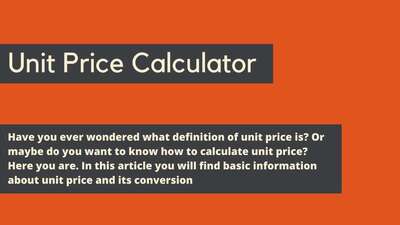




![Car Loan Calculator: Definition, Formula, Examples, and FAQs [2023 Guide]](/images/page/400/car-loan-calculator-13.jpg)
